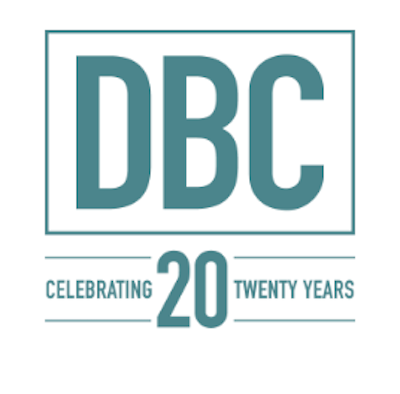FINALLY, a win for those touting customer service. Three-quarters of all marketers have integrated their customer service channels, according to a new survey by the Direct Marketing Association. In contrast, just 62% have merged product information distribution channels and only 55% have done the same with order processing.
Integration has also helped with cross selling. Nearly two-thirds target offline customers through Web promotions (77%). Another two-thirds use print catalogs (56%) or brick-and-mortar retail promotions (21%) to reach those who buy online.
Marketers are also considering shipping and handling charges more carefully. About 25% apply shipping and handling fees to their outbound freight expenses, while 21% use the income derived to cover freight and packing materials and another 23% put it toward labor and packaging.
In some cases, shipping is turned into a “come hither” by marketers. Nine percent provide free shipping and handling year-round, while another 6% do so during peak shopping periods.
A few said they didn’t base such charges on expenses. Fourteen percent indicated their shipping and handling fees depended on how competitors priced them, while 6% flatly said they charged what the market would bear.
“There is much more caution than there has been in the past,” said Ann Zeller, the DMA’s vice president for information and special projects. “Many marketers used to do free shipping, but with the current economy that’s not practical anymore. [Now] most are trying to cover their expenses, but they’re not looking at it as a way to generate revenue.”
One area where respondents didn’t measure up to the DMA’s hopes was in posting service-level agreements on their Web sites. Since marketers are focusing on systems integration and providing quick service, once they set their standards there’s no reason not to post them, according to Zeller.
“The way e-marketing is going to grow is by building more confidence with its customers,” Zeller said.
If this is so, marketers have some confidence-building to do: Only one in five have service agreements up on their sites.
In the DMA’s survey, marketers gave themselves high marks for customer responsiveness. Eighty-nine percent said their customer service representatives responded to online customer requests within 24 hours, with 25% of all respondents indicating requests were handled in real time.
Not so fast, says Internet research firm Jupiter Media Metrix Inc. According to its fourth quarter 2001 CRM report, only 39% of all requests generate a response within 24 hours.
Why the difference in the two studies’ findings? The DMA survey relied primarily on feedback from member companies, with a few additional respondents brought in through banner advertisements. Jupiter’s research was conducted on customer inquiries made of a broader cross section of sites.
“Some of the people in the DMA are better at this because they have perfected their operational infrastructure and have been dealing with customer inquiries for years,” said David Daniels, a senior analyst at Jupiter Media Metrix.
According to Daniels, most companies don’t have the infrastructure behind their online systems to allow appropriate customer service. “When companies have viewed opening a call center they have not thought twice about a call routing system.
“On the Internet,” he continued, “not everyone has invested in the same customer service applications that are really required to build the same efficiencies in the offline world.”
If 75% of the companies surveyed by the DMA have integrated their customer service applications, the DMA sample probably reflects “best in class” marketers that aren’t representative of the entire industry, Daniels said.
Jupiter’s data on marketers’ response to inquiries is considerably uglier. In its earlier research, fewer than half of a panel of marketing executives surveyed said that most of their inquiries were resolved with a single e-mail.
That’s bad news. If a response to an e-mail query does not resolve the initial inquiry, chances are pretty good (87%, according to Jupiter) that the customer will make a second effort to reach the company. Two-thirds of them will switch to the more expensive telephone channel. Daniels referred to this as a “cost snowball” and added that this opens the door to a further dissatisfying experience.
Customers may find it more difficult to call marketers than to e-mail them. While 92% of all respondents have e-mail communication capacity, only 89% have customer service centers that can be reached by telephone. The DMA survey noted that only 23% supported online chat functions.
Which is a shame, since consumers rated online chat as the best channel for customer service, according to Modalis Research Technologies Inc. In fact, 62% of those chatting online said their inquiries had been resolved satisfactorily. But this pool of consumers is small; only 12% had used it at all.
The telephone was the vehicle most frequently used, with nine in 10 consumers having done so. But fewer than half were very comfortable with how their inquiry was resolved. E-mail, which 69% took advantage of, yielded a 43% satisfaction level.
Like online chat, instant messaging scored highly in resolving customer concerns, with 45% of consumers indicating it provided a good experience. But only 6% of those surveyed used this means of contacting the marketer.
The DMA’s State of the E-Commerce Industry Report 2001-2002 was based on responses to questionnaires sent in August and September 2001 to 3,652 domestic voting members and respondents to banner advertisements. Data for Jupiter’s fourth quarter 2001 CRM report was gathered from reviews of the 250 Web sites that participated in its December WebTrack customer service study.






